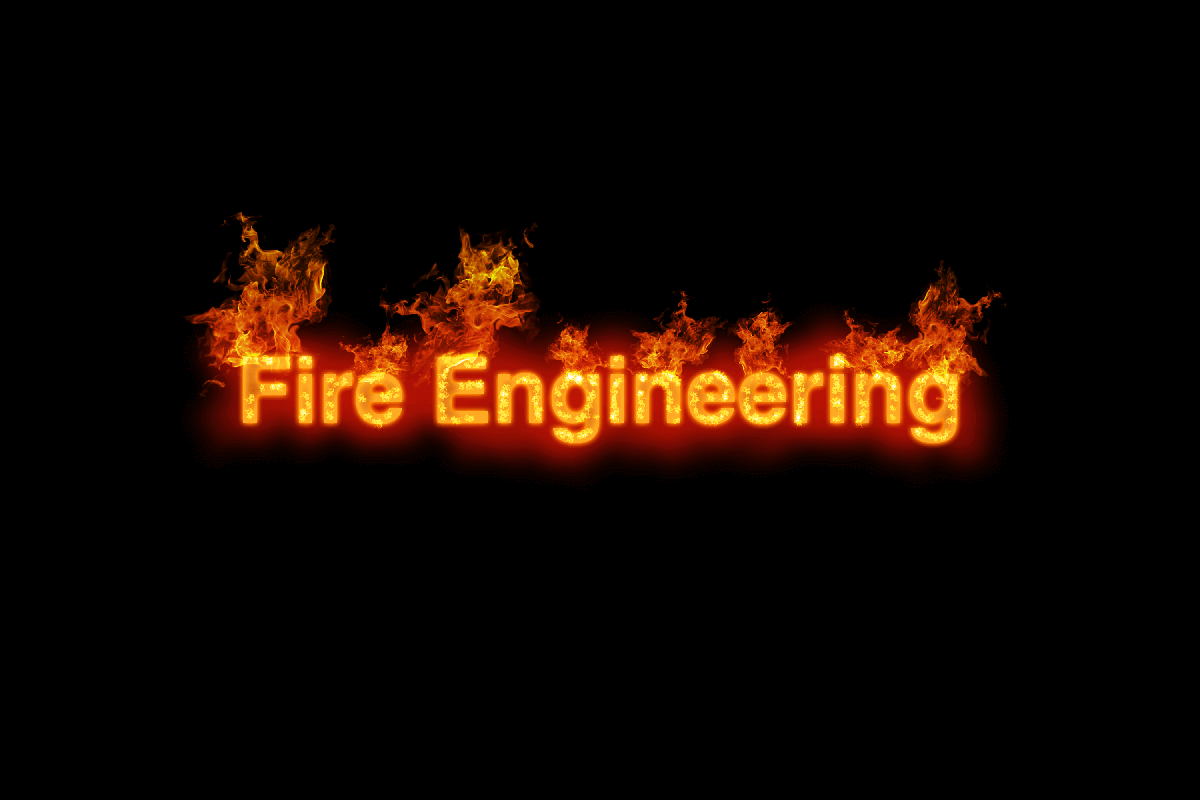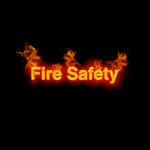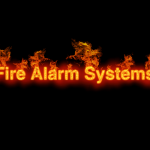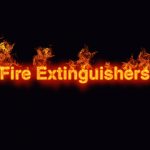Fire safety engineering is a branch of engineering that deals with the prevention and mitigation of fire hazards. It encompasses the study of fire dynamics, flammability of materials, and the design and installation of fire-safety systems.
In this article, we are going to answer questions about fire safety engineering.
Contents
What is fire safety engineering?
Fire safety engineering is a field of engineering that aims to prevent fires, and protect people and property from the effects of fire. This is done by assessing the hazards and risks of fire and mitigating potential damage with proper design and construction.
Fire safety engineering also includes the direction and control of firefighting and rescue operations, post-fire investigation, and feedback.
What is a fire engineer?
A fire engineer understands the nature and characteristics of fire, how it spreads and can be controlled. They also know how fires originate and the products of combustion. Additionally, fire engineers are educated and trained in detecting, controlling, and extinguishing fires.
Fire engineers must also have a thorough understanding of combustion theory and how to apply it to real-world situations. They also need to be able to assess potential fire hazards in buildings and recommend solutions to prevent fires from happening.
Fire engineers are responsible for designing buildings with fire safety in mind.
What does a fire engineer do?
A fire engineer is responsible for more than designing buildings. They are also involved in the design of equipment used to fight fires, such as sprinklers and smoke detectors.
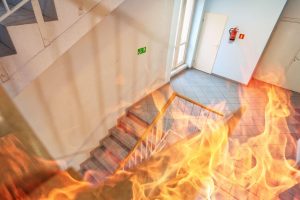 Fire engineers may be called upon to inspect older buildings or structures that were not built with today’s standards in mind. Most importantly, they will provide recommendations and fire safety engineering services on how to make these buildings safer from a potential fire hazard.
Fire engineers may be called upon to inspect older buildings or structures that were not built with today’s standards in mind. Most importantly, they will provide recommendations and fire safety engineering services on how to make these buildings safer from a potential fire hazard.
The modern-day building codes require some form of compliance by all construction professionals; however an experienced professional can suggest modifications based on conditions specific to each project/building type which ensures optimum performance levels at minimum cost without sacrificing safety considerations throughout the life cycle of the project(s).
Tasks of a fire engineer include:
- Designing buildings with fire safety in mind
- Designing equipment used to fight fires
- Inspecting older buildings and structures for potential hazards
- Making recommendations for fire safety systems and procedures
- Liaising with local authorities, construction professionals, and architects about fire safety
- Keeping up to date with new fire regulations and laws
- Inspecting equipment, buildings, and materials to make sure they are safe
- Use computer modelling to understand how fires start and spread
What topics are included in the profession of fire engineering?
Fire detection
Fire detection is the process of detecting a fire, or impending fire, to initiate the appropriate response. There are various ways of detecting a fire, many of which are automated. Some common methods of fire detection include smoke detectors, heat detectors, and flame detectors.
Active fire protection
Active fire protection is a term used in the fire protection engineering field to describe the range of measures used to extinguish or control a fire, or to protect people and property from the effects of a fire. Active fire protection systems include fire suppression systems (such as sprinkler systems), fire extinguishers, and fire alarm systems.
Passive fire protection
Passive fire protection is a term used in the fire protection engineering field to describe the range of measures used to protect people and property from the effects of a fire. Passive fire protection systems include fire-resistant construction materials, fire-rated doors, and smoke detectors.
Smoke control and management
Smoke control and management is the process of preventing or minimising the spread of smoke in a building. This can be done through the use of ventilation systems, smoke detectors, and fire-rated doors. Smoke control and management are an important part of fire safety engineering, and it is essential to ensure that smoke does not spread to other parts of the building and cause further damage.
Escape facilities
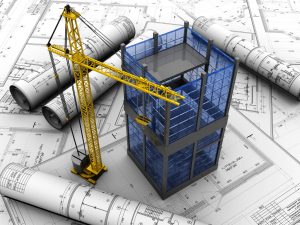 One of the most important aspects of fire safety engineering is ensuring that people can escape from a building in the event of a fire. This means ensuring that there are adequate escape facilities and that people are aware of how to use them. Escape facilities may include stairs, elevators, and fire escapes. It is also important to ensure that the exit routes are not blocked by fire or smoke.
One of the most important aspects of fire safety engineering is ensuring that people can escape from a building in the event of a fire. This means ensuring that there are adequate escape facilities and that people are aware of how to use them. Escape facilities may include stairs, elevators, and fire escapes. It is also important to ensure that the exit routes are not blocked by fire or smoke.
Building design
Fire safety engineering is the process of ensuring that a building is safe from the effects of fire. This involves designing and installing the appropriate fire protection systems, such as sprinkler systems, fire extinguishers, and smoke detectors. It is also important to ensure that the building is designed in such a way that it can be safely evacuated in the event of a fire.
Fire prevention programs
One of the most important aspects of fire safety is fire prevention. This means implementing measures to prevent fires from happening in the first place.
There are many different ways of preventing fires, and it is important to implement a variety of measures to ensure that the risk of a fire is minimised.
Some common methods of fire prevention include installing smoke detectors, using fire-resistant construction materials, and having a well-developed evacuation plan.
Fire dynamics and fire modelling
Fire dynamics is the study of how fires behave and how they spread. This can be done through the use of models, which allow for the simulation of different fire scenarios. Fire dynamics is an important part of fire safety engineering, as it allows for the assessment of different fire hazards and the development of appropriate fire protection measures.
Fire modelling is the process of creating a model of a fire. This can be done through the use of computer models or physical models. Fire modelling is used to simulate different fire scenarios, and it can help to improve our understanding of how fires behave.
Human behaviour during fire events
One of the most important aspects of fire safety is understanding how people behave during a fire. This involves understanding the psychology of panic and how people respond to different types of emergencies. It is also important to ensure that people are aware of the correct way to evacuate a building in the event of a fire.
Emergency evacuation is the process of getting people out of a building quickly and safely in the event of a fire or other emergency. It is important to ensure that people know where to go and what to do when they hear the alarm.
Risk analysis
Fire risk analysis is the process of assessing the risk of a fire happening in a building. This involves identifying the potential fire hazards and assessing the damage that could be caused by a fire. It is important to ensure that the risks are minimised and that appropriate fire protection measures are in place.
Fire risk assessment is the process of identifying the potential fire hazards in a building. This includes identifying the materials that are most likely to ignite, the sources of heat, and the areas where a fire could spread. It is important to assess both the internal and external risks of a building.
Conclusion
In conclusion, fire safety engineering is an important aspect of ensuring that a building does not experience any damage from the effects of a fire. This involves designing and recommending appropriate escape facilities, having a well-developed evacuation plan, implementing preventative measures such as smoke detectors or sprinkler systems, understanding how people behave in emergencies, and minimising risk through a proper hazard assessment.

